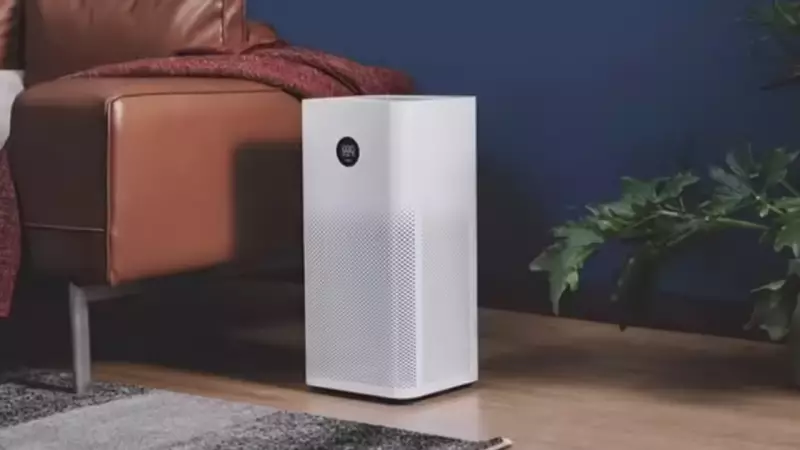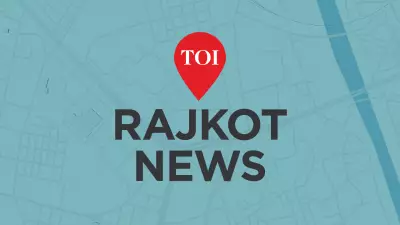
As Delhi schools grapple with deteriorating air quality, health experts are sounding the alarm about a dangerous misconception: air purifiers alone cannot create a protective bubble against viral transmission in educational settings.
The Limitations of Technological Solutions
While air purifiers have become commonplace in many Delhi classrooms, medical professionals emphasize they address only part of the problem. "Air purifiers are excellent for reducing particulate matter, but they provide a false sense of security when it comes to viral infections," explains Dr. Raj Kumar, from the Vallabhbhai Patel Chest Institute.
The fundamental issue lies in the nature of viral transmission. "Viruses spread through close contact, contaminated surfaces, and respiratory droplets. An air purifier across the room does nothing when children are sitting close together, sharing materials, or interacting directly," Dr. Kumar adds.
The Multi-Layered Protection Strategy
Experts recommend a comprehensive approach that includes:
- Enhanced ventilation: Regular opening of windows and doors to ensure air circulation
- Mask usage: Particularly during high-infection periods
- Surface sanitization: Frequent cleaning of desks, doorknobs, and shared materials
- Hand hygiene: Proper handwashing facilities and education
- Air purification: As a supplementary measure, not a standalone solution
Delhi's Unique Challenge
With the national capital frequently experiencing severe air quality levels, schools face additional pressure to protect young lungs. However, experts caution against over-reliance on any single method.
"During peak pollution seasons, we see schools investing heavily in air purifiers while neglecting other preventive measures. This creates an incomplete safety net," notes environmental health specialist Dr. Priya Singh.
What Parents and Schools Should Really Focus On
The consensus among health professionals is clear: no single device can replace comprehensive hygiene practices. Schools need to implement integrated strategies that address multiple transmission pathways simultaneously.
"Think of it as layers of protection," suggests Dr. Kumar. "Each layer – ventilation, cleaning, personal hygiene – adds another level of security. Remove one layer, and the entire system becomes vulnerable."
As Delhi continues to battle both pollution and seasonal viral outbreaks, this expert advice comes as a crucial reminder that technological solutions work best when combined with fundamental public health practices.





